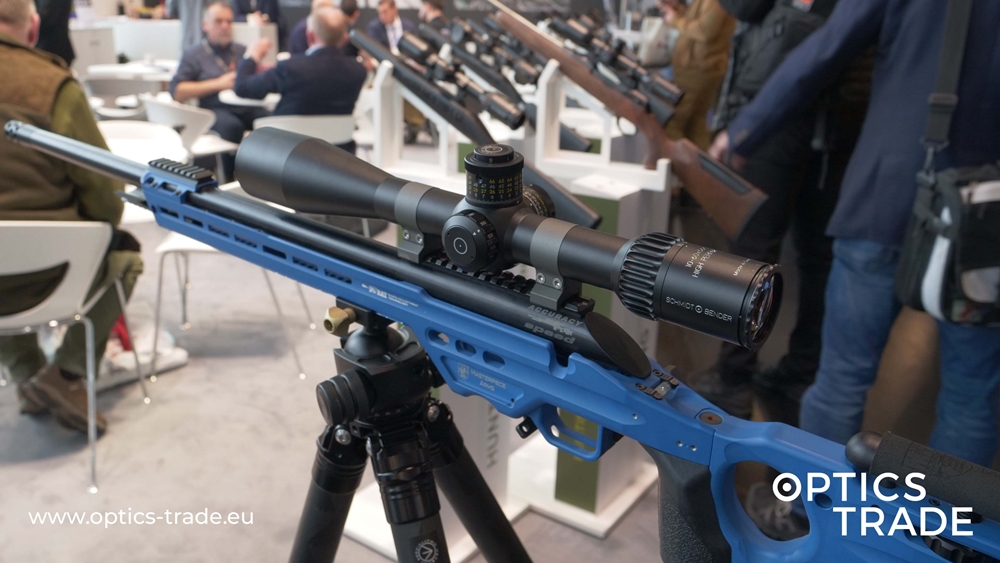Welcome to Optics Trade debates. In each episode, we talk about a different topic and try to answer the most common questions we receive about it. Today we are going to talk about the classification of turrets by the number of turns.
Turrets are classified by how many times they can be rotated. There are three basic groups: single turn turrets (can rotate once), double turn turrets (can rotate twice) and multi-turn turrets (everything above 2 rotations). You can also find acronyms ST, DT, and MT (single turn fashion, double turn fashion and multi-turn fashion). These acronyms were used by Schmidt&Bender in their catalogs because you can buy the same scope with a single turn turret or a double turn turret. These acronyms became somewhat of an industry standard.
Modern BDC turrets are usually single turn with 60-90 clicks. Most windage turrets are usually also single turn, with the exception of some hunting and target scopes.
Double turn turrets can be revolved two times, they feature a turn indicator which lets you know that the second turn has started. They are usually in the form of a pin that pops up on the top of the turret which can be felt and heard and not only be seen. Some of the double turn turrets have a visual indicator which is not as practical in low-light situations as the mechanical one.
Multi-turn turrets are usually used on target scopes and rarely on tactical scopes. Turn indicators are usually beneath the turret in the form of small lines, which are revealed as the turret is raised (or covered when the turret is moving down). This method can be a bit confusing and it’s not that accurate.
Sig Sauer optics came up with a different approach, they’re using a special indicator which has the numbers of the turret turns listed and then the indicator that’s below the numbers points to the number of turns. It’s not an ideal solution but it’s a unique one none the less.
Multi-turn hunting turrets are usually made without trun indicators.
On high-quality tactical scopes, you either have a single turn or a double turn turret. There are some exceptions that have a multi-turn turret with more advanced turn indicators.
Target scopes and target turrets usually feature multi-turn turrets, because they have a big number of really fine clicks.
For hunting scopes, the turrets are usually capped, low profile and feature multi-turn turrets with at least three or four turns.
All BDC turrets that come on modern long range hunting scopes are single turn.
We would like to thank you for your time. In case we did not answer all the questions regarding this topic, please leave a comment below or send an e-mail to us. If you found this video useful, please subscribe to our channel.
Explanation of the term on our website:
Specification Nr. Turret Turns tells you how many turns (the maximum) you can make with turrets on a rifle scope. So when you start to turn a turret until it stops.
ST = Single Turn (means that you can make maximum 1 turn on turrets)
Single turn turrets are mostly older tactical turrets and BDC turrets.
DT = Double Turn (means that you can make maximum 2 turns on turrets)
Double turn turrets are mostly tactical turrets. Usually, they have mechanical turn indicators that show you in which turn you are. This type of turret is used on the most advanced tactical rifle scopes.
MT = Multi-Turn (means that you can make 3 or more turn on turrets)
Multi-turn turrets are mostly target and hunting/capped turrets. Some of them have lines for turn indication, but even with lines, it’s hard to know in which turn you are.
Products mentioned:
Riflescopes: https://www.optics-trade.eu/en/riflescopes.html




